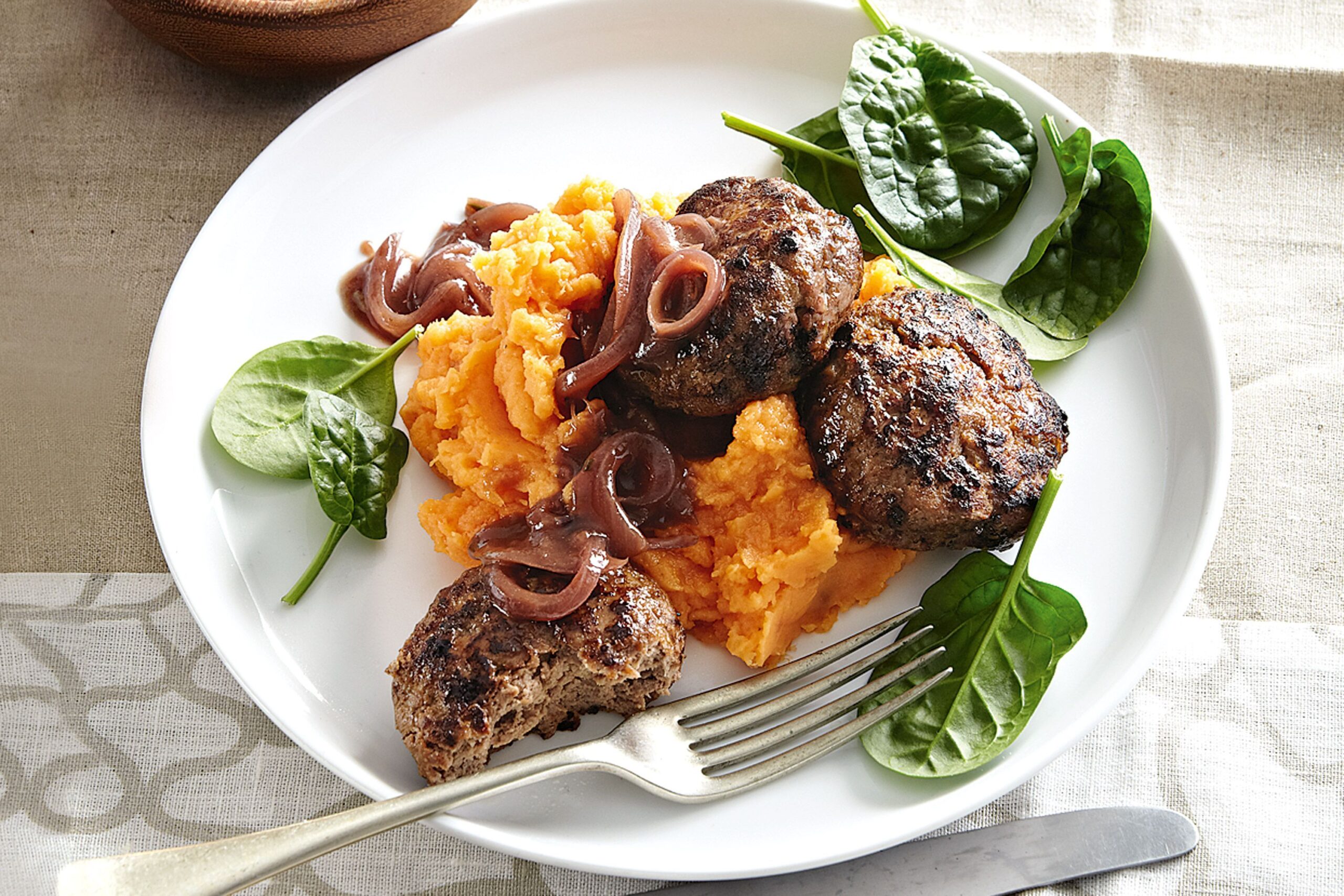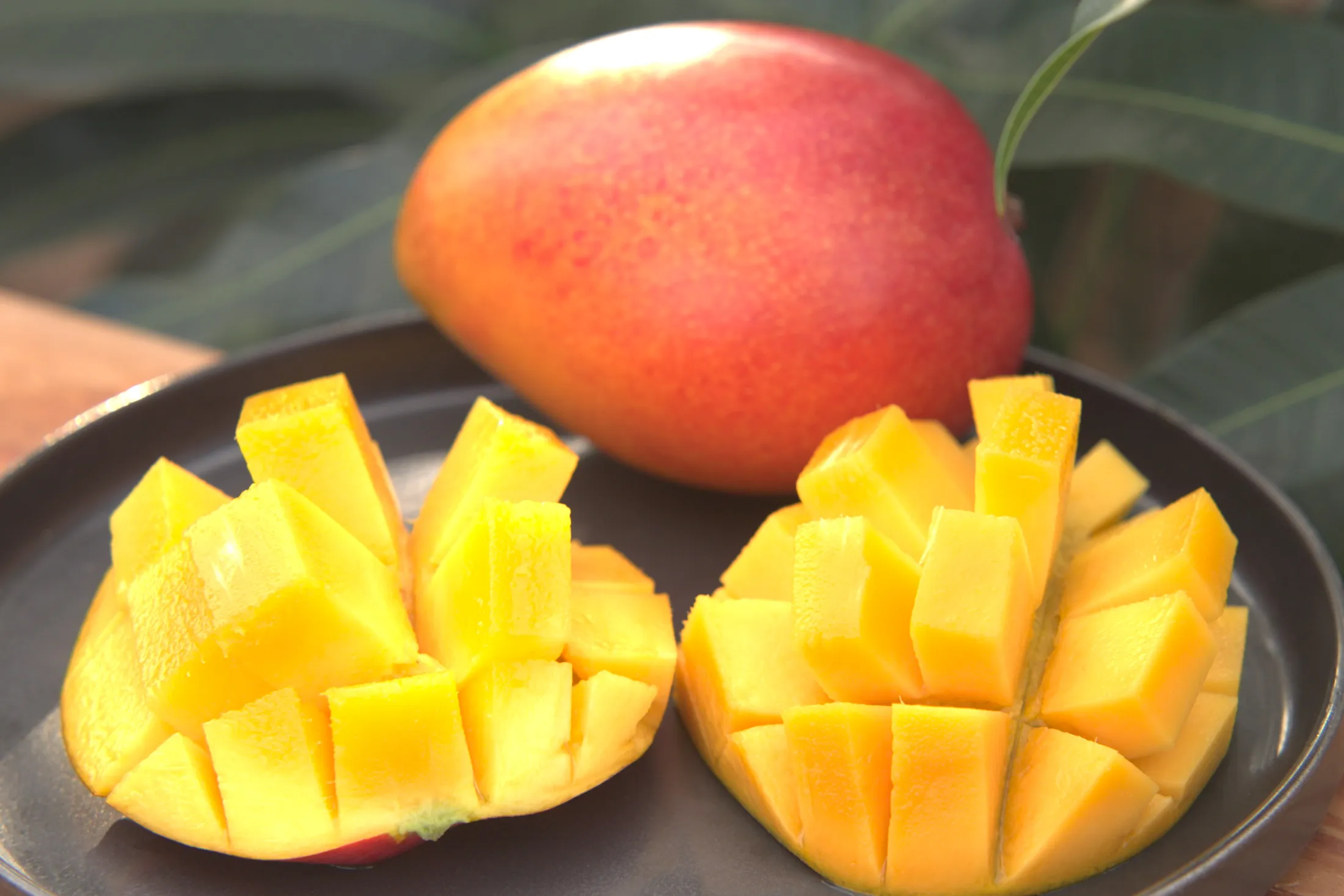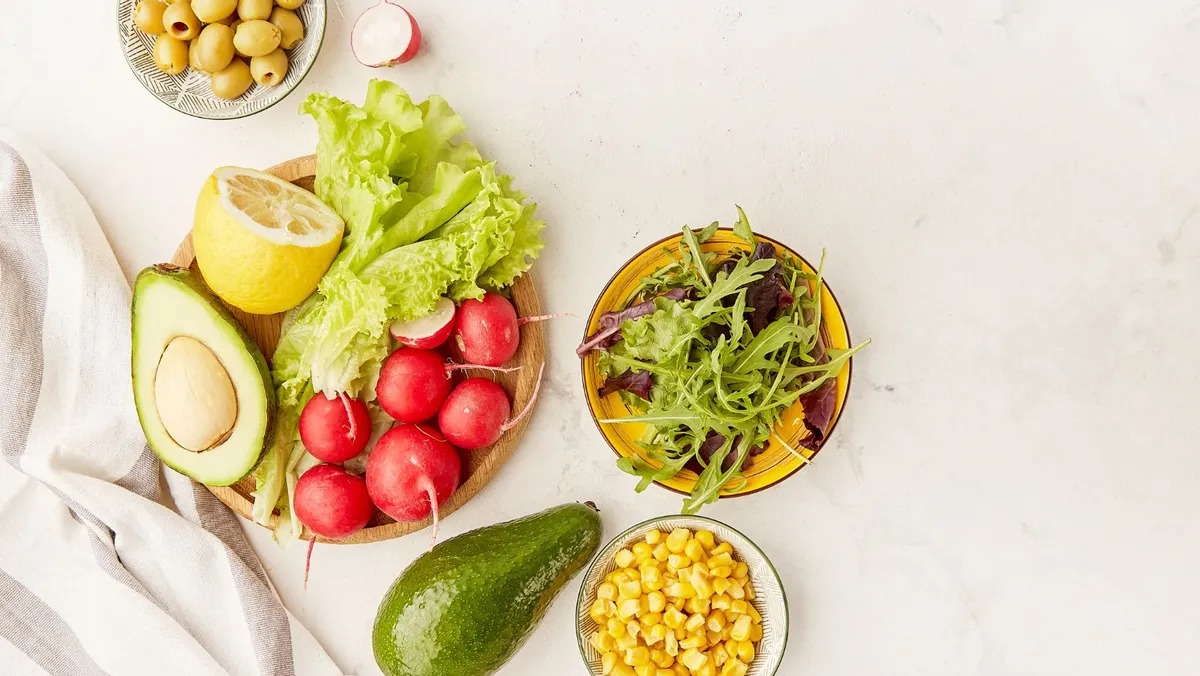The Complete Guide to Rissoles: Everything You Need to Know
Rissoles are a versatile, delicious, and much-loved dish that has been a staple in kitchens worldwide for generations. From their humble beginnings to the creative spins modern chefs have put on them, rissoles remain an enduring favourite. This article will dive deep into the history, preparation, variations, and tips for making the perfect rissoles at home. So, whether you’re a seasoned cook or a beginner, this is your ultimate guide to rissoles!
What Are Rissoles?
Rissoles are small, round, or oval-shaped patties made from minced meat, vegetables, or both. These patties are typically coated in breadcrumbs and pan-fried or baked until golden brown. They are often enjoyed as a main dish, a side dish, or even as a snack.
The beauty of rissoles lies in their simplicity. They can be made from pantry staples like ground meat, eggs, breadcrumbs, and spices, making them affordable and adaptable to individual tastes and dietary preferences.
Key Features of Rissoles:
- Typically small and handheld.
- It can be savoury or sweet.
- Versatile and customizable.
- Cooked through frying, baking, or grilling.
The History of Rissoles
The origin of rissoles dates back to medieval Europe, where they were known as “rissoles” or “rissoles à la française.” The name comes from the Latin word Brussels, meaning “reddish,” likely referring to their golden, crispy exterior after frying.
In early times, rissoles were made from leftover meat and vegetables, which were minced, mixed with spices, and wrapped in pastry before being fried. Over the years, the recipe evolved, and today, rissoles can be found in many different cuisines, each putting its unique spin on the dish.
Some countries, like Australia and the United Kingdom, favour savoury meat-based rissoles. At the same time, places like Portugal and Indonesia also have versions of rissoles, including seafood or sweet fillings.
Why Rissoles Are So Popular
What makes rissoles a beloved dish worldwide? Here are some of the reasons:
- Affordability: They can be made with inexpensive ingredients.
- Ease of Preparation: Perfect for quick weeknight dinners or meal prep.
- Customizablemizable: Adaptable to suit various tastes, diets, and cuisines.
- Kid-Friendly: Their size and flavour make them appealing to children.
- Great for Leftovers: A fantastic way to use up leftover ingredients.
Ingredients for Making Traditional Rissoles
The beauty of rissoles lies in their simplicity, but having the right ingredients can make all the difference. Here’s a list of what you’ll typically need for traditional meat-based rissoles:
Core Ingredients:
- Ground Meat: Beef, chicken, pork, lamb, or even turkey.
- Eggs: These are used as a binding agent to hold the mixture together.
- Breadcrumbs: For the mixture and coating, create a crispy crust.
- Onion and Garlic: For flavour and aroma.
- Herbs and Spices: Parsley, thyme, paprika, salt, and pepper.
- Flour: For coating before frying (optional).
Optional Additions:
- Grated vegetables like carrots or zucchini.
- Cheese for a gooey, melty centre.
- Mashed potatoes for a softer texture.
With these ingredients, you can create classic rissoles or experiment with your unique combination.
How to Make Rissoles: Step-by-Step Guide
Making rissoles at home is a straightforward process. Here’s a simple recipe for traditional meat rissoles:
Ingredients:
- 500g ground beef or chicken
- One small onion, finely chopped
- Two cloves garlic, minced
- One egg
- 1/2 cup breadcrumbs
- 1/4 cup chopped parsley
- 1 tsp paprika
- Salt and pepper to taste
- Oil for frying
Instructions:
- Prepare the Mixture: In a large bowl, combine the ground meat, onion, garlic, egg, breadcrumbs, parsley, and spices. Mix well with your hands until all the ingredients are fully incorporated.
- Shape the Rissoles: Divide the mixture into equal portions, roll them into balls, or flatten them slightly into patties.
- Coat the Rissoles (Optional): Roll each patty in flour or additional breadcrumbs for extra crunch.
- Cook the Rissoles: Heat oil in a frying pan over medium heat. Cook the rissoles for about 4-5 minutes on each side until golden brown and cooked through.
- Serve and Enjoy: Serve your rissoles with a salad, mashed potatoes, or your favourite dipping sauce.
Variations of Rissoles
Rissoles are highly adaptable, so they are a feature in many cuisines. Let’s explore some popular variations:
1. Vegetarian Rissoles
For those who don’t eat meat, rissoles can be made with a variety of plant-based ingredients such as:
- Lentils
- Chickpeas
- Sweet potatoes
- Quinoa
- Grated vegetables
2. Seafood Rissoles
Seafood lovers can enjoy rissoles made from fish, shrimp, or crab. Common ingredients include:
- Canned tuna or salmon
- Fresh white fish
- Herbs like dill or parsley
3. Cheese-Stuffed Rissoles
For a delightful twist, stuff your rissoles with cheese like mozzarella, cheddar, or feta. The melted cheese centre is a hit with kids and adults alike.
4. Sweet Rissoles
In some cultures, rissoles are transformed into desserts! Fillings like custard, sweetened coconut, or jam are wrapped in pastry and fried for a delicious treat.
Serving Ideas for Rissoles
Rissoles are incredibly versatile and pair well with a variety of side dishes. Here are some serving ideas to inspire you:
- With a Salad: A fresh garden salad or coleslaw balances the richness of rissoles.
- As a Burger: Use rissoles as burger patties and serve in buns with your favourite toppings.
- With Dipping Sauces: Try serving them with tomato ketchup, garlic aioli, or a spicy chilli sauce.
- With Vegetables: Roasted or steamed vegetables make for a healthy, hearty meal.
- On Their Own: Rissoles are delicious as a quick snack or finger food for parties.
A Table of Popular Rissole Types and Ingredients
| Type of Rissoles | Main Ingredients | Cooking Method |
|---|---|---|
| Traditional Meat Rissoles | Ground beef, breadcrumbs, spices | Pan-fried or baked |
| Vegetarian Rissoles | Lentils, grated vegetables, herbs | Pan-fried or baked |
| Seafood Rissoles | Fish, shrimp, dill, breadcrumbs | Pan-fried or grilled |
| Cheese-Stuffed Rissoles | Ground meat, cheese, spices | Pan-fried or baked |
| Sweet Rissoles | Jam, coconut, pastry | Fried |
Tips for Perfect Rissoles Every Time
To ensure your rissoles turn out perfectly, keep these tips in mind:
- Don’t Overmix: Overmixing the ingredients can make rissoles challenging.
- Chill Before Cooking: Let the patties rest in the fridge for 15-20 minutes to firm up.
- Cook on Medium Heat: Too high, and they’ll burn before cooking through; too low, and they’ll absorb excess oil.
- Test One First: Cook one rissole to check the seasoning and adjust if needed.
Frequently Asked Questions About Rissoles
Are rissoles gluten-free?
Traditional rissoles contain breadcrumbs, so they are not gluten-free. However, you can use gluten-free breadcrumbs or alternatives like crushed rice crackers.
Can I freeze rissoles?
Absolutely! Rissoles freeze well, either cooked or uncooked. Store them in an airtight container for up to 3 months.
What’s the best way to reheat rissoles?
Reheat rissoles in the oven at 180°C (350°F) for 10-15 minutes to maintain their crispiness.
The Timeless Appeal of Rissoles
Rissoles are more than just a dish; they symbsymbolizeativity. From the most straightforward recipes passed down through families to modern innovations, rissoles bring joy to dinner tables everywhere. Whether you prefer classic meat rissoles, vegetarian options, or sweet variations, there’s no denying their universal appeal.
So, the next time you wonder what to make for dinner, try Rissoles. They might become your new favourite dish with endless possibilities and easy preparation



